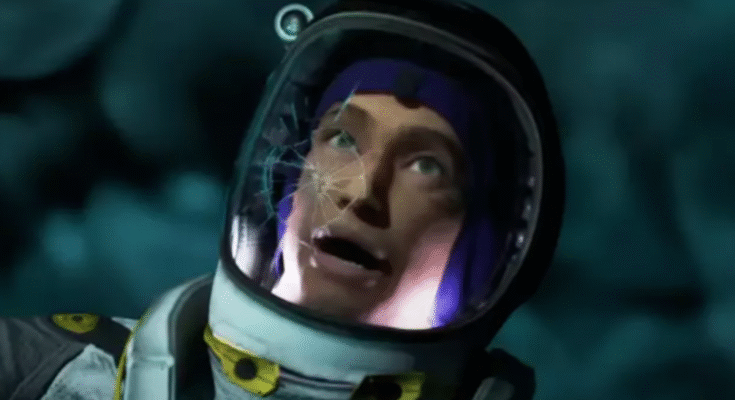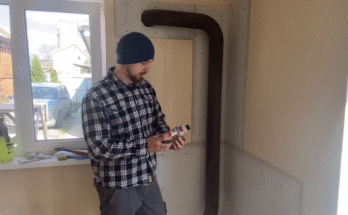We’d have no chance surviving on Uranus, that’s for sure…
We’ve been exploring space for decades already, and there’s no denying the planets of our solar system are endlessly fascinating.
Scientists have put men on the Moon and rovers on Mars, but there are still plenty of planets we’re yet to properly explore. They’re either too far away, too dangerous, or both – but that only further ignites our curiosity around how they formed and function.
One mesmerizing planet is Uranus, whose vibrancy and outer rings has left Reddit users amazed recently.
Sadly, the ice planet would take us a decade to travel to in a spaceship, so it’s unlikely any humans will be witnessing its icy atmosphere anytime soon. Uranus is incredibly dangerous – but what would happen if you decided to visit it, treacherous journey there?
In fact, what would happen if you spent just five seconds there?
Well, one YouTube channel has set out to answer that very question. And, as expected, the outcome is pretty gruesome – so consider yourself warned.

Uranus’ volatile atmosphere makes it inunhabitable (QAI Publishing/Universal Images Group via Getty Images)
After surviving the extreme, long-haul journey, you’d next have to navigate all 13 of Uranus’ dusty rings – a bit like a spy dodging lasers in those classic movies. Then, you’d become the first ever human witness the planet’s blue atmosphere up-close. Congratulations!
The only down side? You don’t have long left to life.
Uranus’ atmosphere is icy and toxic, with temperatures of a freezing – 371 F (- 224 C).
But here’s what you could expect…
Bad smells

Uranus and some of its 27 moons, as captured by the James Webb Space Telescope in 2023 (NASA)
Uranus smells awful – and it’s not surprising when you learn why.
As What If Science explains, the clouds in its upper atmosphere are ‘partially made up of hydrogen sulfide.’
If you inhaled it, you’d ‘faint and die instantly’ – so, pretty risky.
After narrowly escaping the deadly upper atmosphere, you’d begin your descent through a swirling blend of 82 percent hydrogen, 15 percent helium, and just enough methane to deliver that signature rotten egg stench we’re all familiar with.
Ironically, it’s that very methane that gives Uranus its stunning bluish-green hue, proving that while the planet may assault your nose, it at least knows how to remain aesthetic.
At some point, though, you’d stop falling through Uranus’ dense atmosphere and start swimming in it instead.
Diamond rain
Thanks to its rich methane atmosphere – a single carbon compound – it can rain diamonds on Uranus. Talk about aesthetic!
“Under extreme pressure, the methane molecules break apart and crystallize into diamonds,” the YouTube channel explains.
While it sounds glitzy, realistically you wouldn’t want to be caught up in a diamond storm – and not when there are winds of up to 900 km/h (560 mph) to contend with.
“That’s three and a half times stronger than a category five hurricane on Earth,” What If Science adds.
Pressure
If you somehow manage to survive that far, then now you’d be on your way towards the planet’s mantle, where the pressure is 100 times more than that of Earth’s sea level.
Made of water, ammonia and methane ice, it would be pitch black and the force simply wouldn’t allow you to move.Playhttps://www.youtube-nocookie.com/embed/Nru_XeafheY?autoplay=1&playsinline=1
“What you should be worried about is the immense pressure that would be rapidly increasing the closer you got to the planet’s center,” What If Science warns. “It would squish you before you ever got to the core.”
Man’s remains identified on ‘serial killer’s property’
In that sort of environment, though, your carbon-based remains could turn into diamonds. That’s one alternative to cremation, I guess…
So, if five seconds on Uranus taught us anything, it’s this: not all planets are meant to be visited – but they sure are fascinating from afar.Featured Image Credit: YouTube/WhatIfScienceShow
Topics: Science, Space, YouTube

Terrifying simulation shows what would happen if a needle traveling the speed of light hit earth
There are three possible outcomes if a needle somehow traveled at a speed of more than 670 million mph and hit our planet
If a needle for whatever reason was in space heading on a crash course for Earth, you’d imagine it wouldn’t do much damage.
It’s a needle, right? But if that needle was traveling at 670,616,629mph then, of course, it’s a different story – which one YouTuber has explained through a terrifying simulation.

What would happen if a needle hit Earth? A sewing needle, not a medical one (Getty stock)
But first, to put that speed into comparison, the road with the highest speed limit in the US can be found on the Texas State Highway 130, and it is a toll road aimed for long-distance commuters bypassing Austin, with the limit posted at 85mph.
The speed of light is 7,889,607 times faster than the highest legal limit motorists in America can drive… so, that needle’s coming in fast.
Now, explaining what would happen if Earth was hit by a needle traveling that fast, Australian YouTuber AstroKobi said: “You may have seen this viral video showing exactly what would happen if a needle hit the Earth at the speed of light, and I want to see just how realistic this is, so I did the math.”
The content creator was referencing fellow YouTuber Ridddle’s 10-minute long video titled ‘What If a Needle Hits the Earth at the Speed of Light?’ where he demonstrates what might happen.Play
AstroKobi continues: “So let’s assume the needle is made of just iron and weighs one gram and is traveling at 99.9999% the speed of light. When it strikes the Earth, it will have a kinetic energy of 201 million billion joules of energy.
“That is the equivalent of three Tsar bombs, the largest nuclear weapon ever detonated.
“It would definitely create an impact crater, significantly smaller than if it were an asteroid, because the needle is just much smaller, but definitely big enough to cause some damage, it would form a huge fireball, probably a bit smaller than this, but still much bigger than even the biggest nukes.”
Before adding: “Now, of course, this is highly theoretical, and nothing could travel at the speed of light, so you don’t have to worry.”
But what actually could happen?
According to Ridddle, the most likely option is a pretty devastating one.
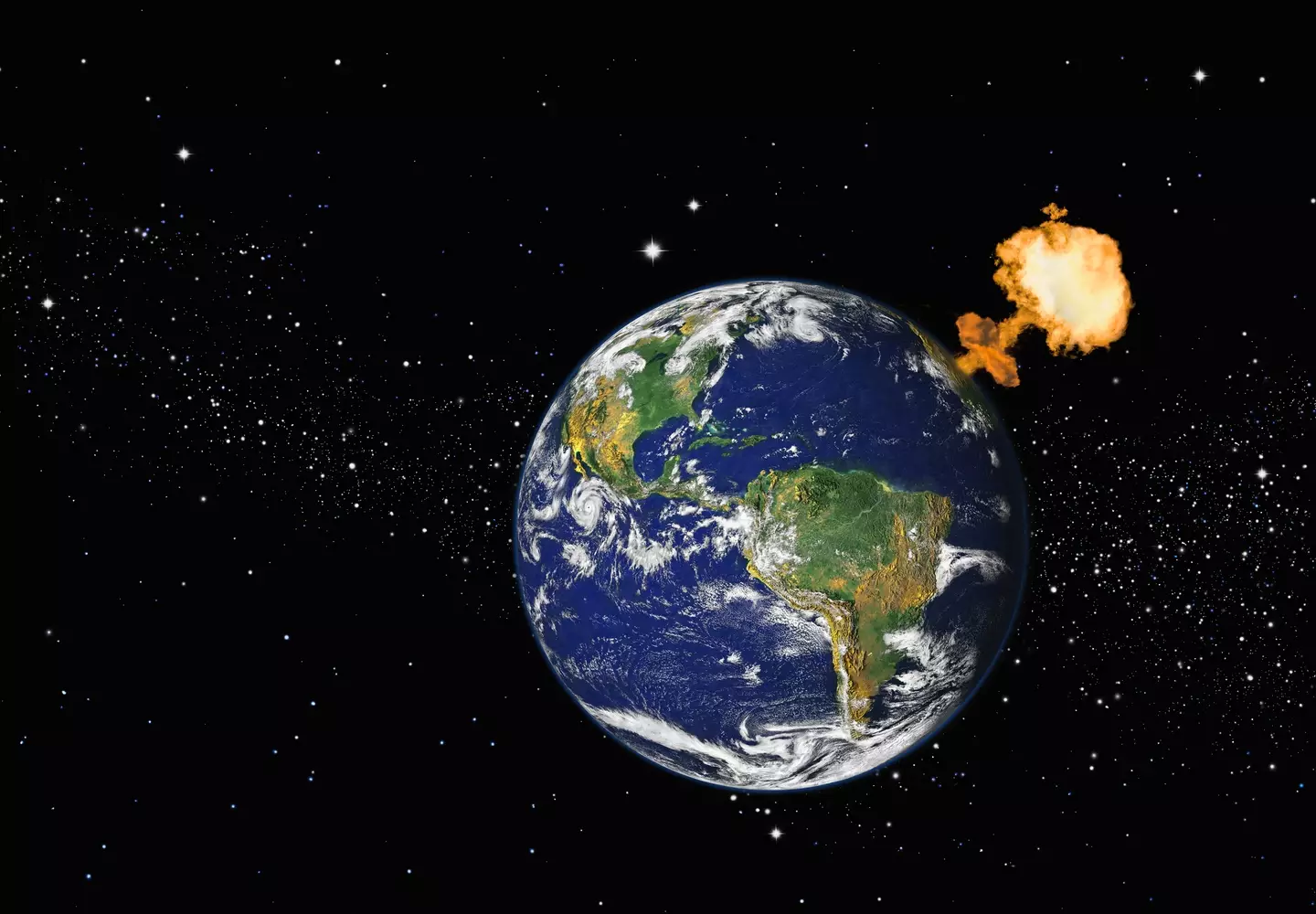
I don’t think we ever need to worry about a needle hitting Earth, but we know what would happen if it did (Getty stock)
Even a sewing needle measuring just 35mm could cause significant damage if moving at an absurdly high speed, resulting in damage similar to that caused by the so-called ‘Fat Man’ bomb that was dropped on Nagasaki, Japan, in 1945.
The impact would cause total and utter destruction to wherever it lands and the surrounding area. However, that isn’t even the most disastrous possibility.
One other potential outcome is that the needle would not explode on impact, but would instead seep into the Earth’s crust and create a hole that allows plasma to engulf the Earth in insurmountable heat.
As a result, every living thing on our planet would die before the planet itself gets torn apart and eviscerated.
While the third and final potential outcome of a needle hitting the Earth at the speed of light is that, due to its shape and speed, the needle could theoretically fly straight through one side of the Earth and out the other with minimal effects on the world at large.Featured Image Credit: YouTube/AstroKobi
Topics: Earth, YouTube, Science
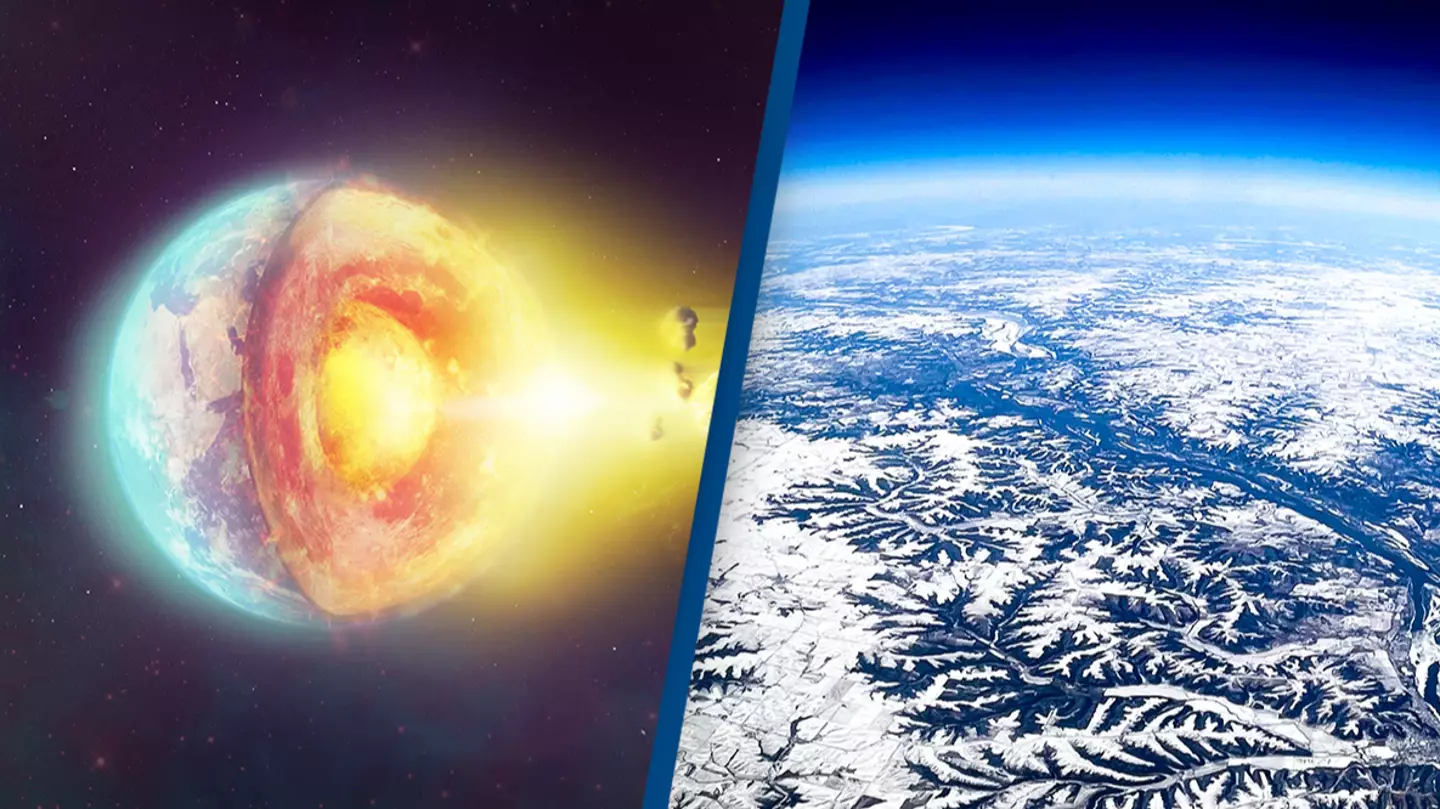
Published 16:19 18 Nov 2024 GMT
Eerie simulation shows exactly what would happen if the Earth’s core cooled down
Our planet’s center has been gradually dropping in temperature for years
A terrifying simulation has shown exactly what would happen if the Earth’s core drastically dropped in temperature.
While it’s unlikely to occur in our lifetimes, the centre of our planet cooling down would spell big trouble.
As kids, most of us were convinced we could dig to the center of the Earth, some 4,000 miles (6,400 kilometers) beneath us.
But it’s a good job we can’t, as the core is raging away at 10,832 degrees Farenheit (about 6,000 degrees Celsius).
And the feat would take a good while to complete; scientists in Russia spent 19 years digging the deepest manmade hole in existence in the 80s.

The Earth’s core is nine percent hotter than the surface of the Sun (What If/YouTube)
The Kola Superdeep Borehole, in Murmansk Oblast, reached depths of 12,262 meters (40,230 ft) in 1989, almost two decades years after drilling began.
The project was stopped in 1995 due to a lack of funding, but also because deep down, Earth was hotter than anticipated.
Made up of two parts, the liquid outer core and solid inner core, the Earth’s core is roughly nine percent hotter than the surface of the Sun.
But our planet’s interior has been gradually cooling for all of its 4.5 billion-year existence.
If it cooled so much that the molten liquid center solidified, what would happen?Play
Fortunately, YouTube channel What If has created a simulation answering exactly that question.
Firstly, we’d lose our geomagnetic field, which is generated by the core’s two centers.
It protects us against space radiation and charged particles emitted by our Sun, so we’d be screwed without it.
Another major issue would then present itself. We’d have no atmosphere, so the Earth would start feeling a bit like Mars.
We wouldn’t be able to breathe without a pressure suit and oxygen mask.
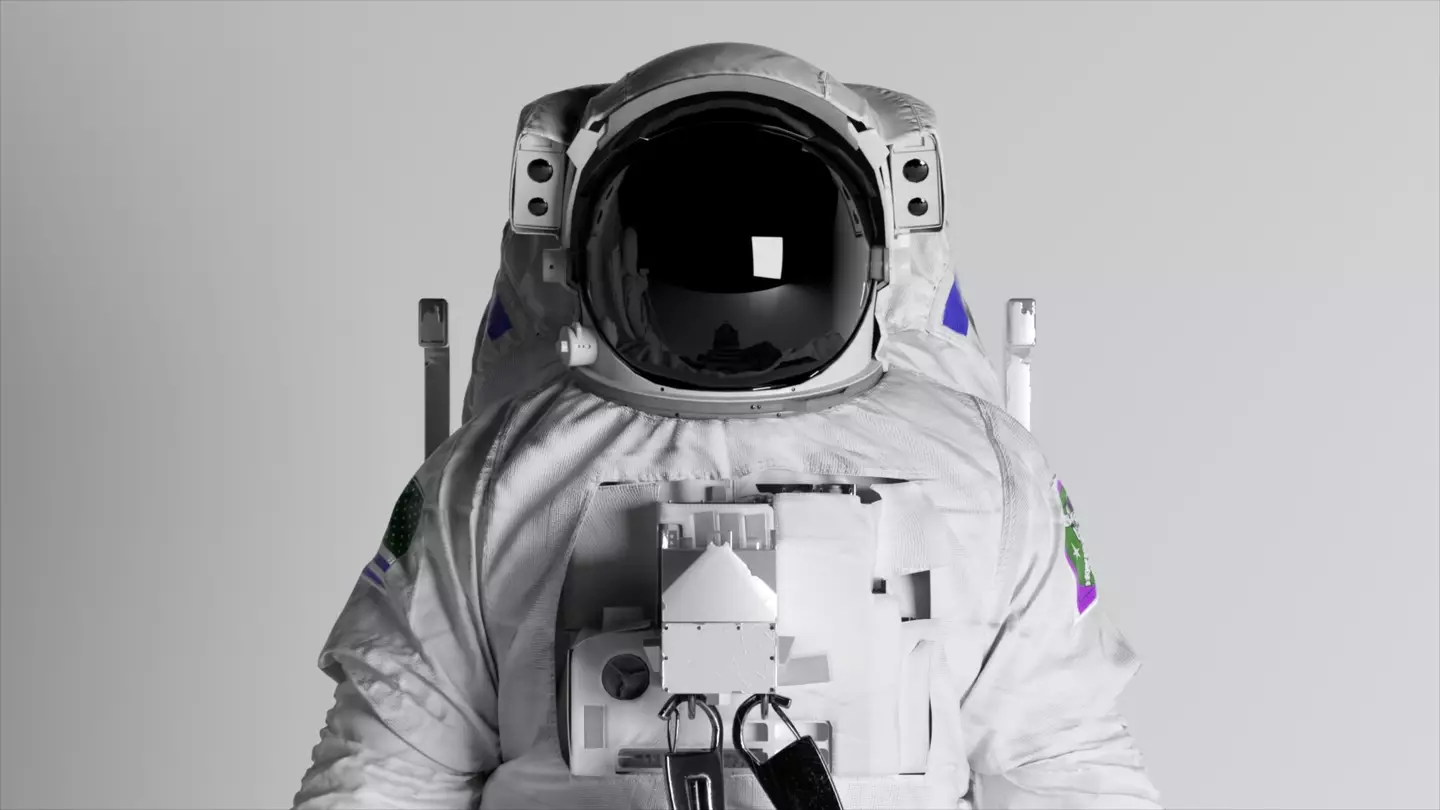
This is how we’d all be looking when the world cools down (Flash Movie/Getty Images)
And as our core isn’t heating up water, rocks, or gas, the world would be getting colder and colder.
Volcanoes would no longer spurt lava and continents would stop drifting away from each other.
Earthquakes would no longer be a thing, which is great for people living on the ring of fire, I suppose.
Only, we’d all be dead before reaping the benefits of that one.
And if you fancied venturing to the center of the Earth, you may want to think again.
Even if it weren’t dangerously hot, the Earth’s core would still consist of 3.5 million tons of pressure, so you’d be instantly crushed to death.
There aren’t many positive outlooks for this one…Featured Image Credit: Yuri Arcurs/Getty Images/Gregory Adams/Getty Images
Topics: Climate Change, Earth, Environment, Science, Space, YouTube
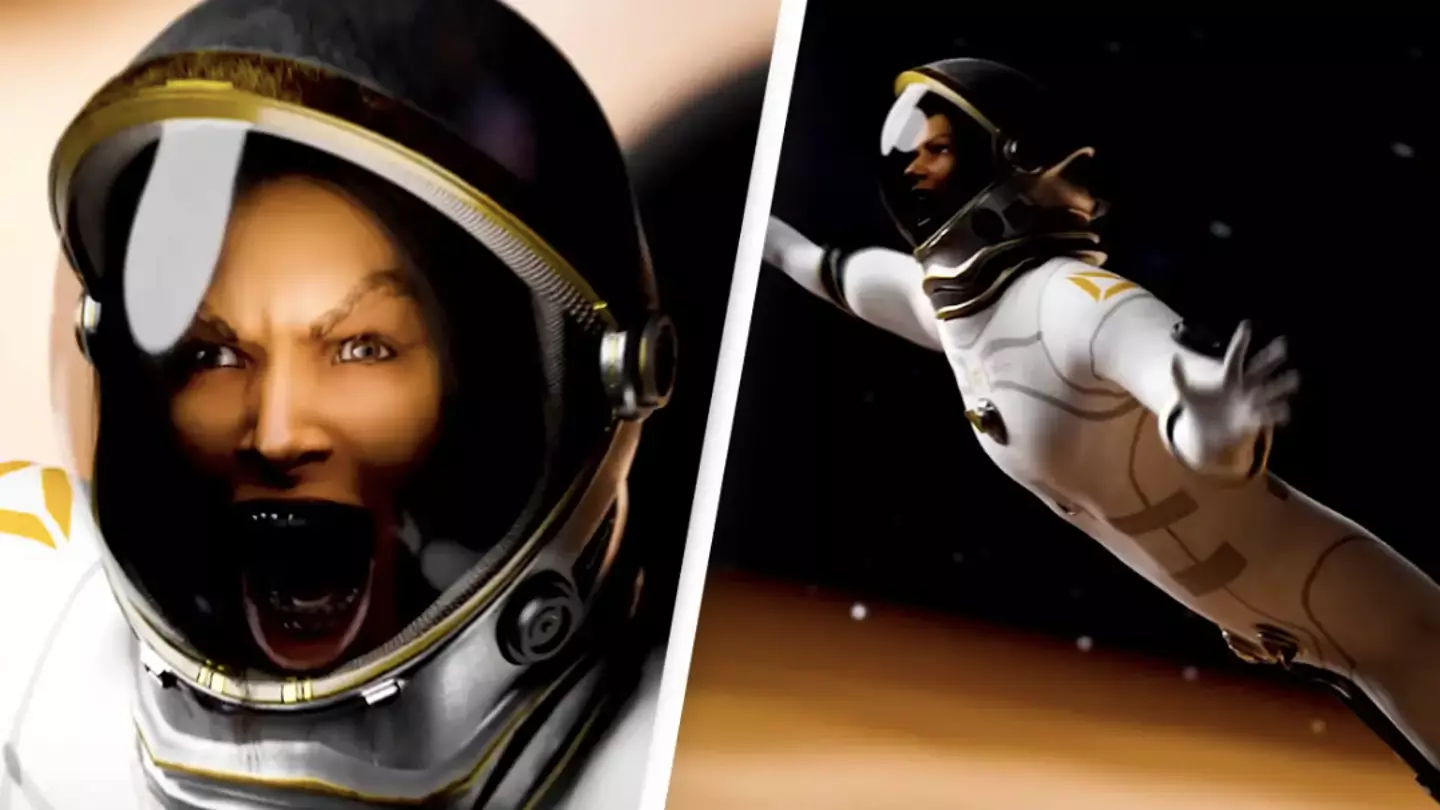
Updated 11:00 11 Nov 2024 GMTPublished 11:01 11 Nov 2024 GMT
Chilling simulation shows what would happen to our bodies if we fell into a black hole
Hopefully, this will never happen to any of us
Falling into a black hole is hopefully something none of us will ever experience, but for people with an interest in the macabre, you’ll want to check out this simulation.
Firstly, what is a black hole? Despite its name, a black hole is not a hole. The term ‘hole’ is used because whatever has the misfortune of falling into one is trapped forever.
Instead of being holes, they’re ‘huge concentrations of matter packed into very tiny spaces,’ NASA explains, adding that a black hole has gravity just beneath its surface known as the event horizon.
This region is where, ‘the pulling force of gravity is so strong that light is not able to escape’. The space agency also notes that, ‘the event horizon isn’t a surface like Earth’s or even the Sun’s. It’s a boundary that contains all the matter that makes up the black hole.’Play
Although there’s still a lot to learn about black holes, scientists have learned about some of their scary properties.
And now, a YouTube content creator has made a simulation about the (hopefully) unlikely event of someone falling into a black hole.
The simulation was created by Zack D. Films, who often ponders the weirdest circumstances for his videos for viewers with a morbid curiosity. We’re talking about “Being Put Inside A Food Dehydrator” and “How To Survive Falling Off A Skyscraper”.
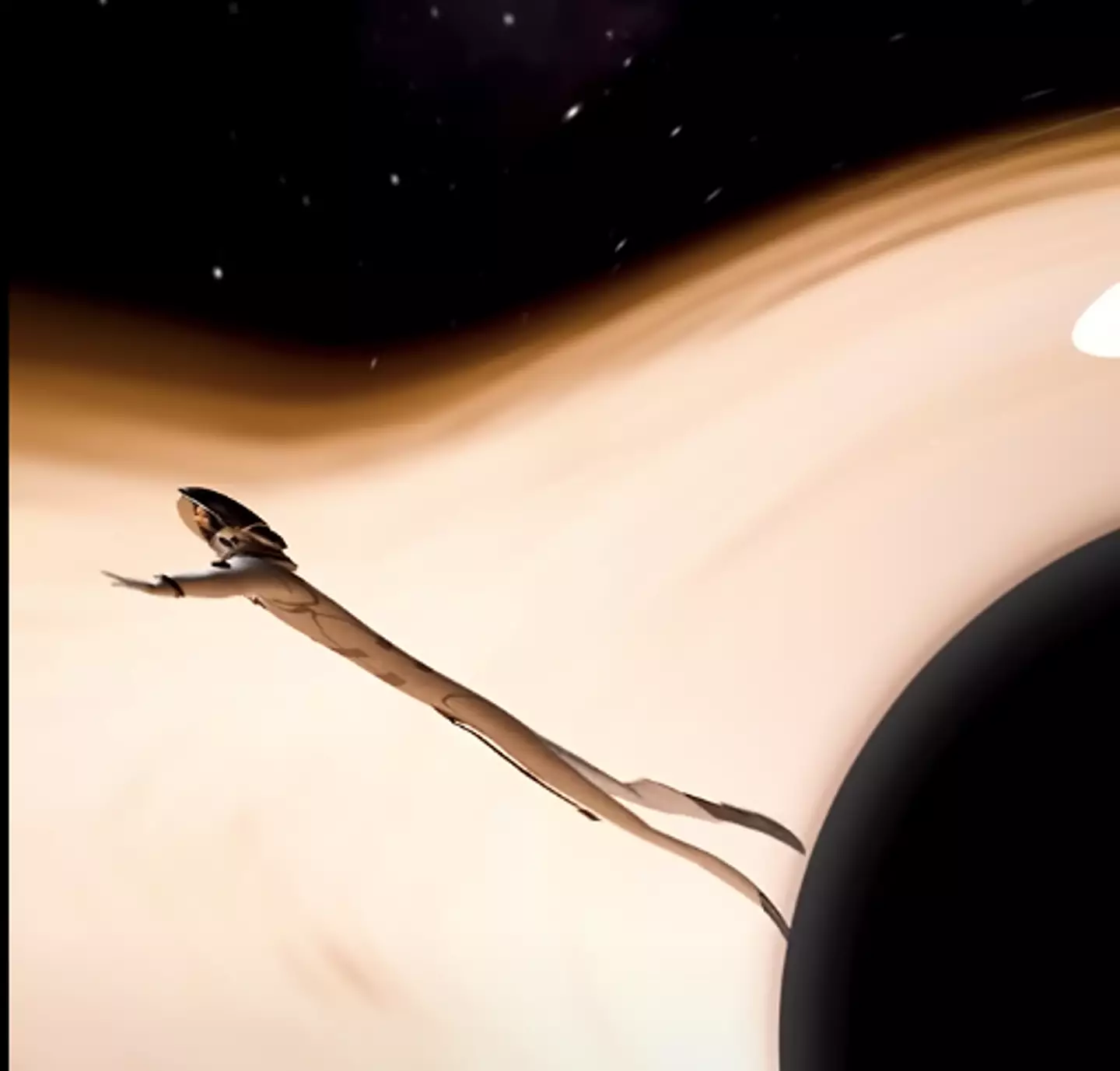
You don’t want this to happen (@zackdfilms/YouTube)
As you can probably imagine by this point, falling into a black hole would be terrifying. “If you fell into a black hole, the gravitational pull would stretch you out in a process called spaghettification,” he narrates at the beginning of the video, which has over 12m views.
“As you get closer, the gravity at your feet would be much stronger than at your head, pulling you longer and thinner.
“Eventually, you’d pass the event horizon. At this point, time would appear to slow down for an outside observer, but for you, time might seem to speed up.
“Finally, you’d be crushed by the immense gravity, merging with the singularity at the black hole centre, lost forever in its depths.”
Previously, an expert at NASA shared what it might look like to fall into a black hole.
Astrophysicist Jeremy Schnittman at NASA’s Goddard Space Flight Center worked on a different video about this scary situation. It shows what it might look like when someone passes the black hole’s event horizon.
This is effectively the point of no return, where the gravitational pull of the black hole becomes too strong for their to be any hope of escape.
Schnittman spoke about the video, explaining why he decided to make it.
What it might be like to fall into a black hole
NASA
0 seconds of 44 secondsVolume 90%
He said: “People often ask about this, and simulating these difficult-to-imagine processes helps me connect the mathematics of relativity to actual consequences in the real universe.”
He explained: “I simulated two different scenarios, one where a camera — a stand-in for a daring astronaut — just misses the event horizon and slingshots back out, and one where it crosses the boundary, sealing its fate.”Featured Image Credit: @zackdfilms/YouTube
Topics: NASA, Space, Science, YouTube, Weird

Published 15:11 12 Jul 2024 GMT+1
Experiment shows what would actually happen if everyone on Earth jumped at the same time
It based its calculations on 50,000 people and the impact of earthquakes
There has always been a common thought about what would happen if everyone on Earth jumped at the same time.
Would the Earth bounce? Or would it wobble?
There are a lot of thoughts about what could happen, and it’s never been something that we’d actually try.
However, a lot of people are invested in the answer to that question which led one physicist to calculate what the consequence would be if we were to do it.
An experiment was performed for BBC’s Earth Lab, where Greg Foot, a science journalist and presenter tried to attempt it using a small group of 50,000 people who all jumped at the same time at Reading Festival.
Then he measured the movement from around a mile away.

Greg Foot measured the crowd at Reading to find out if they could create a quake. YouTube/ BBC Earth Science
He said in the video: “And then with a bit of math I can scale that up and see what would happen if everyone around the Earth jumped at the same time, and whether that would change the speed of the spin of the Earth.”
Apparently, we could temporarily shift our host planet by the tiniest of movements if every single person on the planet were to do the same thing.
To figure this out, looking at how an earthquake has the potential to affect the Earth’s spin is key.
In 2011, an earthquake which hit Japan actually managed to accelerated Earth’s spin which shortened our days by 1.8 microseconds.
So, Foot’s thought that we could all affect Earth’s spin by jumping isn’t a crazy theory.
When he measured from a mile away from the experiment, he found that they created an earthquake of 0.6 on the Richter scale.

But it wasn’t enough. YouTube/ BBC Earth Science
But it wouldn’t be enough to affect the Earth.
He said: “Earthquakes don’t affect the planet’s spin until they reach at least eight, and for this you’d need seven million times more people than currently live on the planet.
“So, the urban legend is completely untrue. You cannot shift the planet if everyone jumps at the same time; you can’t even change how fast it spins. There’s no truth in it at all.”
Physicist, Rhett Allain went on the theorise whether people could have any affect on the Earth if we all jumped, even if it didn’t change the spin.
For this, he calculated an estimate of what everyone would weigh against the mass of the Earth and decided that if everyone jumped 0.3 meters at the exact same location at the exact same time, the Earth would move around a hundredth of the radius of a single hydrogen atom.
He said to Live Science’s series Life’s Little Mysteries: “After all the people jump they would ‘fall’ back down – move towards the Earth.
“During this time, the Earth would move back up. All would be as it once was.”Featured Image Credit: YouTube/BBC Earth Science/Getty Images/asbe
